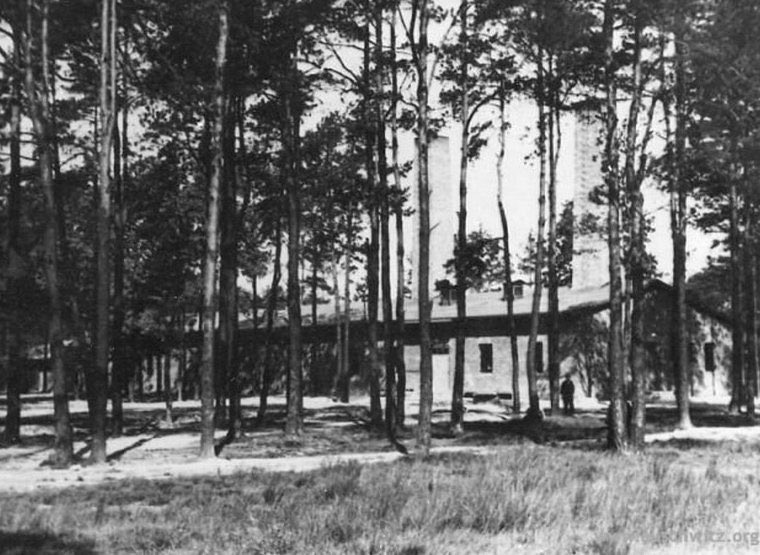
6 January 1945 | Four female Jewish prisoners were hanged at the Lagererweiterung of Auschwitz: Ella Gartner, Róża Robota, Regina Safir & Estera Wajsblum. They were condemned to death for assisting the Sonderkommando in the revolt that broke out on 7 October 1944 in Birkenau. 1/4 







They provided the Sonderkommando with explosives from the depots of the Weichsel-Union-Metallwerke, where three of the women worked. They smuggled it to the camp & Róża Robota delivered all the material to the Sonderkommando prisoners. 2/4
The execution had two stages. Two of the women were hanged during the evening roll call in the presence of the male and female prisoners who worked the night shift at Weichsel-Union. Two others were hanged after the return of the squad that worked the dayshift. 3/4
The reason for the sentence was read by the Auschwitz camp commander SS-Hauptsturmführer Franz Hössler. He screamed that „all traitors will be destroyed in this manner”. It was the last execution in the history of Auschwitz. 4/4 

Our online lesson dedicated to the history of the Sonderkommando in Auschwitz: lekcja.auschwitz.org/en_10_sonder/
• • •
Missing some Tweet in this thread? You can try to
force a refresh














